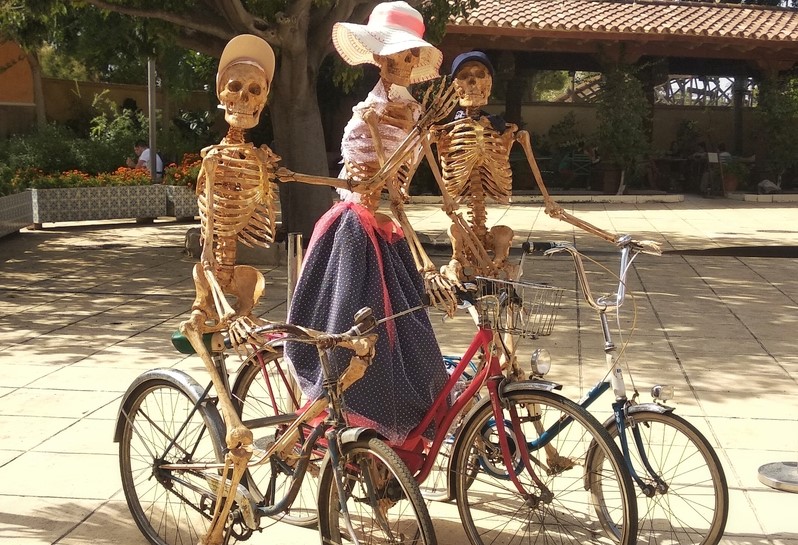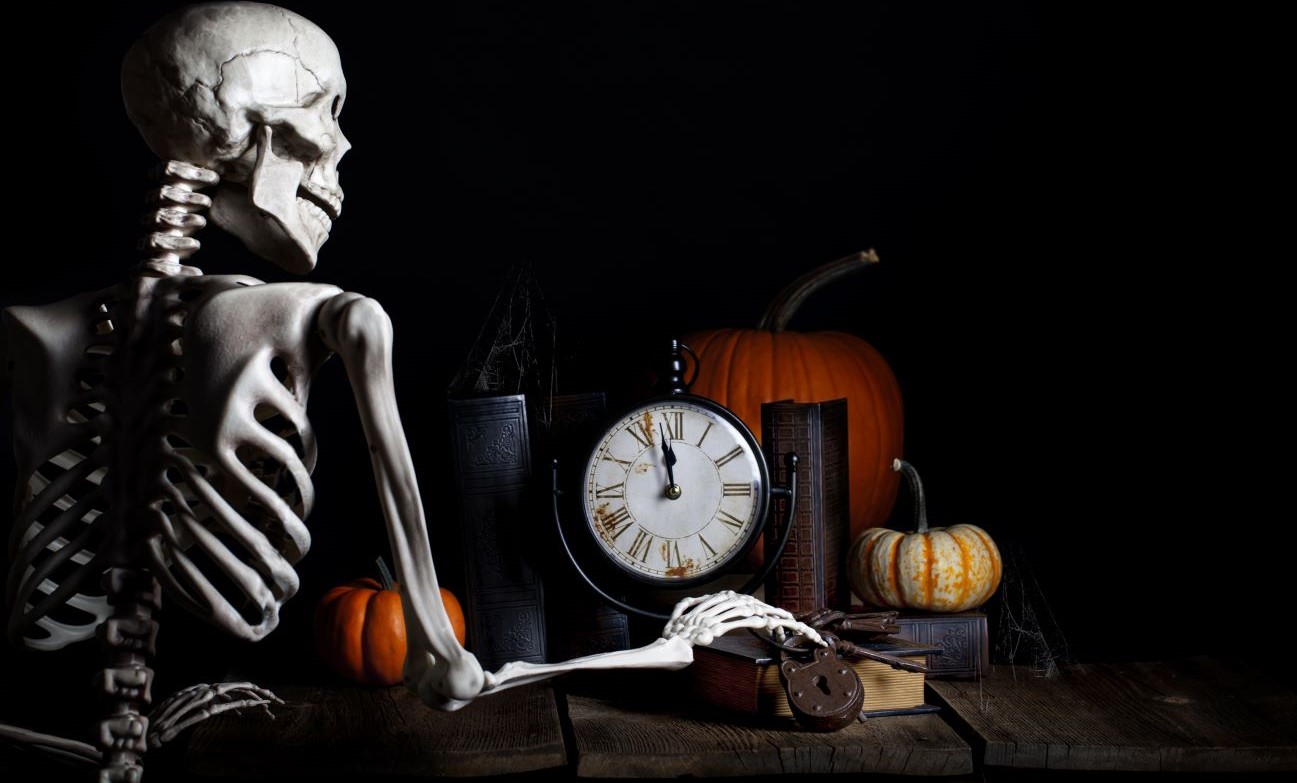Halloween, as well as being a religious celebration, is a time of fun and high jinks, and a lot of unnatural occurrences happen that do not occur at other times of the year. For instance, skeletons and dead bodies return from their graves, and ghouls and spooks return from beyond the grave to celebrate and remember the dead.
A good time can be had by all, but what happens if the skeletons and dead bodies decide not to return to their graves on 1 November? It can become rather tiresome, and disposing of them can be rather problematic.
There can be disputes between the family members of the property where the skeleton or dead body has decided to remain as to what to do with it. Along with the fact that the location of the skeleton or dead body’s grave may not be known!

As a lawyer I would normally say ‘let’s look at what the law says’ to help with disputes. However, the law is at a bit of a loss in this area as there haven’t been any cases reported of trying to return a skeleton or dead body to its grave. I guess that this is not really surprising.
There are a couple of practical steps that need to be taken. These include:
- identifying who the skeleton or dead body is
- using this information to try to locate where their grave may be
- contacting the local parish to seek assistance in returning the skeleton or body to their grave.
However, this may ultimately be fruitless as many of the skeletons and dead bodies that we see at Halloween celebrations are very old, some centuries old, and identifying them is not possible. Or if they are identified, the record of their grave is lost in time.

That said, there is one legal principle which can be used to assist individuals who are faced with a skeleton or dead body taking up residence in their garden. This is the principle that ‘there is no property in a corpse’; a principle first recognised in 1857 when someone decided to steal the wedding dress from the grave of a bride who died on her wedding day and was buried in her wedding dress.
What the principle means is that a corpse cannot own anything, and no one can own a corpse (although there are some exceptions, as there always is with legal principles). Therefore a skeleton or dead body that decides to reside in your garden after Halloween cannot claim to have any rights in the garden as it cannot claim ownership of the garden or any part of it. Also, no one can claim that the skeleton or dead body as theirs.
The skeleton or dead body is therefore trespassing and can be removed using the civil law. Although this does raise another issue, what to do with the skeleton or dead body that is to be evicted.
Although the law states no one can own a skeleton or dead body, you can legally be in possession of one. Normally the person in possession would be the personal representative stated in the deceased’s will.
If you are able to determine who the personal representative was, great, you can ask them to remove the skeleton or dead body and arrange for it to be returned to its grave. If you can’t then it may be up to you to ensure that you lawfully dispose of the skeleton or dead body after you have evicted it from your property.

However, help is at hand. Lawful disposal is governed by the Public Health (Control of Disease) Act 1984 and requires that, where no other suitable arrangements are available, the local authority where the body is located ensures that it is buried or cremated.
Therefore, once the skeleton or dead body is evicted from your property, your legal duty could end with you contacting the local authority and notifying them that the skeleton or dead body has not left after Halloween and asking them to make the necessary arrangements.
Hopefully this year all the skeletons and spooks and ghouls and dead bodies will return whence they came when the celebrations end; and all the above is just an academic exercise. But remember if Halloween celebrants, including skeletons and dead bodies, decide to outstay their welcome, the law can help you with their return.
Happy Halloween.





Rate and Review
Rate this article
Review this article
Log into OpenLearn to leave reviews and join in the conversation.
Article reviews